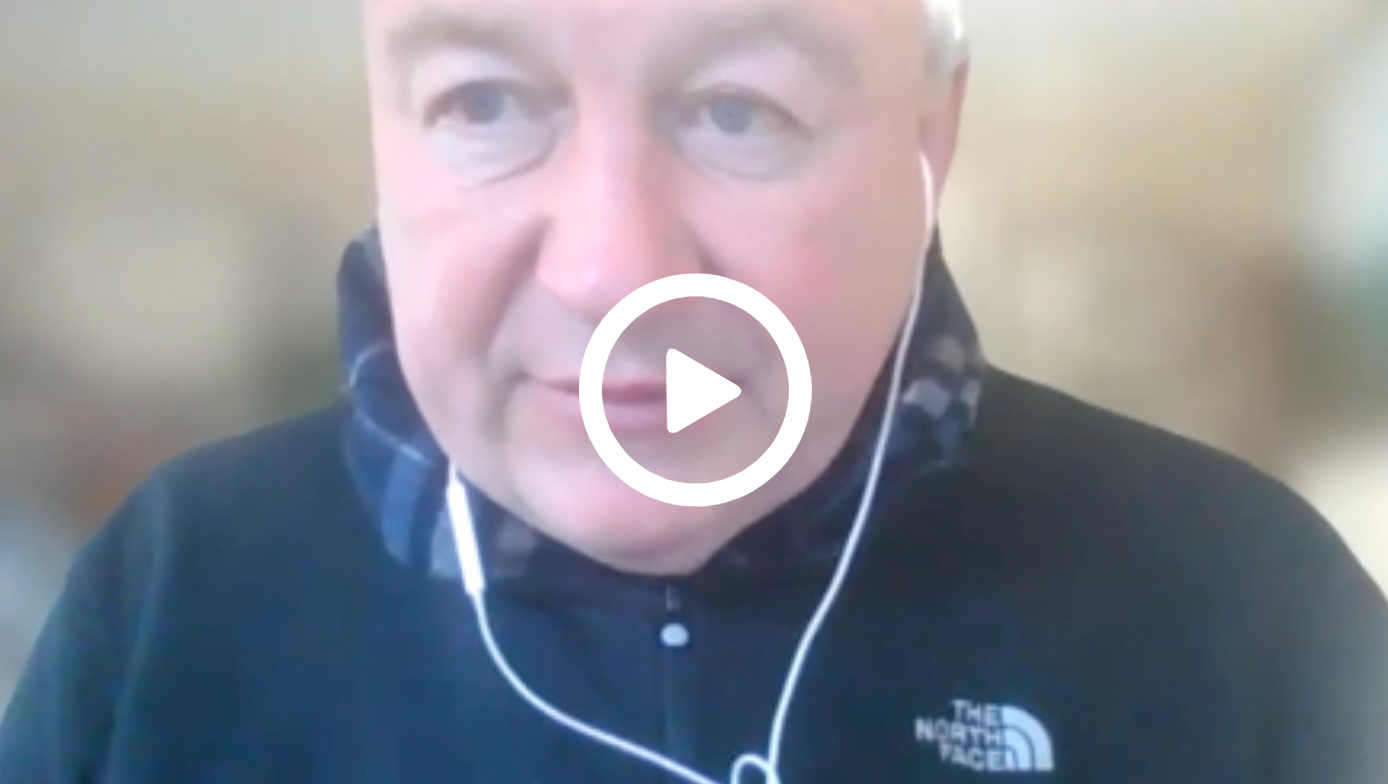
Closing Thoughts: Richardson on Myeloma Maintenance Therapy

Paul Richardson, MD, concludes his conversation by briefly discussing additional trials influencing the multiple myeloma treatment landscape, as well as the use of iberdomide.
Paul Richardson, MD, director of clinical research at the Jerome Lipper Multiple Myeloma Center at Dana-Farber Cancer Institute in Boston, Massachusetts, RJ Corman professor of medicine at Harvard Medical School, concludes his conversation by briefly discussing additional trials influencing the multiple myeloma treatment landscape, as well as the use of iberdomide.
Transcription:
0:09 | What we did look at in this study, which is important, is Duffy-null and we found that Duffy-null was present and 60% to 65% of our patients so far were African American. This may have implications for protein cytokine homeostasis and inflammatory signaling, as well as leukopenia. We are trying to figure all of that out. More to follow. But it is a very interesting and provocative presentation in that regard. Now, what about maintenance? Well, maintenance, obviously, duration of maintenance is established now, through DETERMINATION [NCT01208662], and building on that has been exemplified by the success of the FORTE [NCT02203643] and ATLAS [NCT02659293] studies, which have clearly shown that adding to it makes a big difference. And then, in that context, there are a number of trials that are building on this and going forward to look at the investment augmenting maintenance.
1:00 | I think what is important to share with you is that there are a large number of trials, and one of the most important is the integration of the new drug iberdomide. Then, there is also obviously, studies looking at [chimeric antigen receptor (CAR)] therapy and bispecifics, so really exciting data going forward, where cellular therapies are now establishing themselves in the transplant eligible patient population, in particular. [Minimal residual disease (MRD)]-directed alternative maintenance therapy approaches of ASH were impressively studied during the meeting. I have summarized them all here. I can tell you what one of the most interesting presentations was where the use of iberdomide post transplant dramatically improved complete response rates during the course of the first year of maintenance. I want to close that, and just thank you for your kind attention. It is a privilege to be able to share with you some of the highlights of ASH.









































